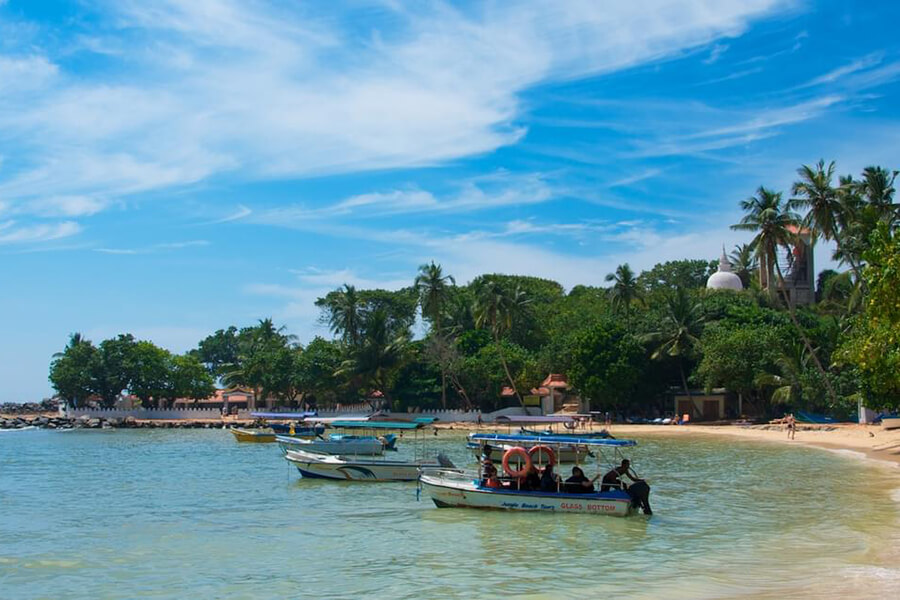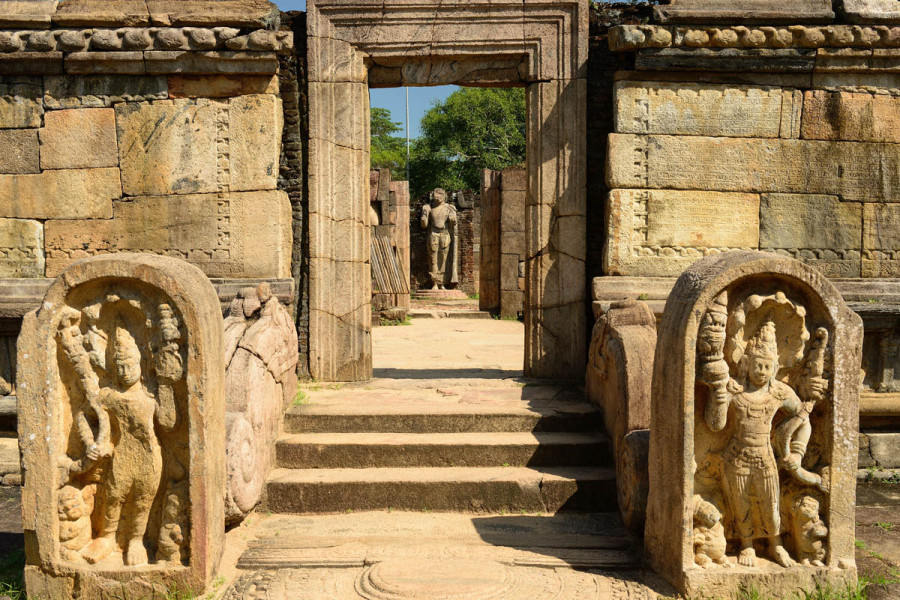Introduction to Polonnaruwa Polonnaruwa, the second ancient capital of Sri Lanka, is a city steeped in history and culture. Declared a UNESCO World Heritage Site, Polonnaruwa is known for its well-preserved ruins that tell the story of a flourishing civilization. Nestled in the North Central Province, this medieval city is a must-visit destination for anyone interested in the rich history of Sri Lanka. With its impressive temples, palaces, and reservoirs, Polonnaruwa offers a unique blend of history, architecture, and spirituality.
Historical Significance Polonnaruwa served as the capital of Sri Lanka from the 11th to the 13th centuries, following the decline of Anuradhapura. It was during this time that the city reached its zenith, becoming a thriving center of commerce, religion, and governance. The Chola dynasty initially built many of Polonnaruwa's structures, and later, King Parakramabahu I and King Nissanka Malla expanded and beautified the city. Today, Polonnaruwa stands as a testament to the architectural and engineering brilliance of medieval Sri Lanka.
Key Attractions in Polonnaruwa
The Royal Palace
- The Royal Palace of King Parakramabahu I is one of the most significant structures in Polonnaruwa. Though largely in ruins, the palace's massive walls and foundations provide a glimpse into its former grandeur. The complex once housed numerous rooms and a grand audience hall, reflecting the king's wealth and power.
Gal Vihara
- Gal Vihara is undoubtedly one of the most iconic sites in Polonnaruwa. This rock temple features four stunning Buddha statues carved from a single granite rock. The statues, which depict the Buddha in various postures, are masterpieces of ancient Sri Lankan art and sculpture. The serene expressions and intricate details make Gal Vihara a must-see attraction.
Polonnaruwa Vatadage
- The Polonnaruwa Vatadage is a circular relic house that once housed the Sacred Tooth Relic of the Buddha. This elegantly designed structure, adorned with intricate carvings and stone statues, is a highlight of Polonnaruwa. The Vatadage's symmetrical design and artistic embellishments are a testament to the skill of ancient Sri Lankan craftsmen.
Rankoth Vehera
- Rankoth Vehera is one of the largest stupas in Polonnaruwa, standing at 54 meters in height. This impressive stupa, built by King Nissanka Malla, is a significant religious site and a prime example of the architectural style of the Polonnaruwa period. The stupa’s massive dome and surrounding stone pillars create a striking visual impact.
Lankathilaka Vihara
- Lankathilaka Vihara is a towering brick temple that once housed a colossal statue of the Buddha. The temple’s grand scale and detailed brickwork make it one of the most remarkable ruins in Polonnaruwa. Visitors are often awed by the height of the structure and the remnants of the once-imposing Buddha statue.
Kiri Vehera
- Kiri Vehera is another important stupa in Polonnaruwa, known for its pristine white dome. The stupa was built by King Parakramabahu I's queen and is believed to enshrine a relic of the Buddha. The simplicity and elegance of Kiri Vehera contrast with the more ornate structures in the city, offering a peaceful atmosphere for reflection.
Parakrama Samudra
- Parakrama Samudra, or the Sea of Parakrama, is a massive reservoir built by King Parakramabahu I. This engineering marvel provided water for irrigation and helped sustain the city’s agricultural economy. The reservoir’s serene waters and surrounding greenery make it a popular spot for relaxation and bird-watching.
Nissanka Latha Mandapaya
- Nissanka Latha Mandapaya is a unique pavilion with stone columns carved in the shape of lotus stems. This elegant structure was used by King Nissanka Malla for religious rituals and chanting. The delicate carvings and the lotus-shaped columns are a testament to the artistic excellence of the Polonnaruwa period.
Cultural and Religious Importance Polonnaruwa is not just an archaeological treasure; it is also a place of great religious and cultural significance. The city played a crucial role in the spread of Buddhism in Sri Lanka, and many of its temples and stupas are still active sites of worship. Polonnaruwa also hosts several annual festivals, such as the Poson Poya celebrations, which draw pilgrims and visitors from across the country.
Exploring Polonnaruwa Exploring Polonnaruwa is a journey through time. The city’s compact layout makes it easy to explore by bicycle, which is a popular option among tourists. Alternatively, you can hire a tuk-tuk or join a guided tour to gain deeper insights into the history and significance of each site. As you wander through the ruins, you’ll be struck by the sense of stepping back into a bygone era.
Accommodation and Dining Polonnaruwa offers a range of accommodation options, from luxury resorts to budget-friendly guesthouses. Many hotels are located close to the ancient city, providing easy access to the main attractions. The local cuisine in Polonnaruwa is a delightful mix of traditional Sri Lankan dishes, with plenty of fresh vegetables, rice, and curries to savor.
Best Time to Visit The best time to visit Polonnaruwa is during the cooler months from November to March. The weather is more pleasant, making it ideal for exploring the ancient ruins. However, Polonnaruwa can be visited year-round, with each season offering its own charm and experiences.







